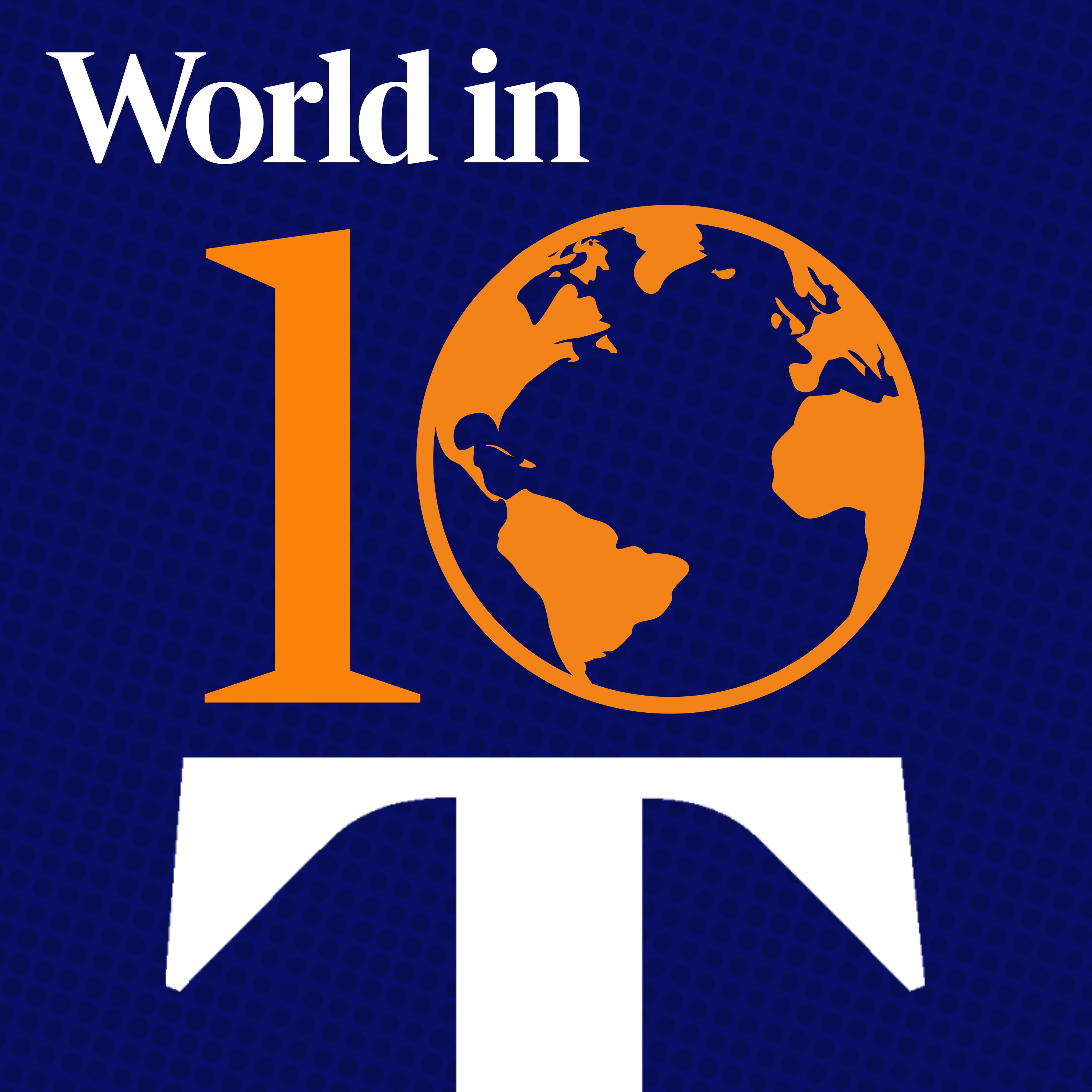
Frontline special - Military analyst and former NATO planner, Philip Ingram

World in 10
Deep Dive
Why is 2025 considered a pivotal year for the war in Ukraine?
2025 is seen as pivotal due to speculation about a potential ceasefire, influenced by Donald Trump's claim that he could end the war within 24 hours of being sworn in. However, the complexity of negotiations involving Russia, Ukraine, and international stakeholders suggests that achieving a ceasefire will be far more challenging than Trump's statement implies.
What are the key challenges in achieving a ceasefire in Ukraine?
The challenges include the complexity of negotiations, differing demands from Russia and Ukraine, and the need for international consensus. Additionally, both sides are likely to use any ceasefire to rebuild military capabilities, potentially leading to a more intense conflict when hostilities resume.
How has Russia's economic situation been impacted by the war in Ukraine?
Russia's economy is under significant strain due to Ukrainian attacks on its oil, gas, and defense infrastructure. Daily Russian manpower losses are estimated at 1,400 to 1,600 personnel, which is unsustainable. Russia has also had to rely on North Korea and Iran for military support, further highlighting its economic vulnerabilities.
What role does Donald Trump play in the potential resolution of the Ukraine conflict?
Donald Trump's potential influence lies in his ability to leverage economic pressure, such as reducing global oil prices, to force negotiations. His unpredictable approach and focus on domestic priorities, however, make it unclear how he will address the conflict, though he may prioritize a deal that benefits the U.S. economically and strategically.
How has Ukraine's strategy evolved in response to Russian aggression?
Ukraine has shifted to targeting Russian infrastructure, including oil, gas, and defense facilities, to weaken Russia's economic and military capabilities. This strategy has been effective in creating significant economic strain on Russia, though it also comes at a cost to Ukraine, such as lost transit fees from Russian gas.
What are the broader geopolitical implications of the Ukraine conflict?
The conflict has global implications, including potential shifts in U.S. focus toward Southeast Asia and the Middle East, as well as the strengthening of alliances between Russia, China, North Korea, and Iran. The war also impacts global food security, as Ukraine is a major agricultural exporter, and its destabilization could exacerbate economic challenges in poorer nations.
How does the war in Ukraine affect U.S. defense industries?
The war has boosted U.S. defense industries, as military aid to Ukraine is spent on manufacturing weapons, ammunition, and vehicles in the U.S. This creates jobs, stimulates the economy, and generates tax revenue, making the conflict economically beneficial for the U.S. defense sector.
What are the potential risks of a ceasefire in Ukraine?
A ceasefire could allow both Russia and Ukraine to rebuild their military capabilities, leading to a more intense and bloody conflict when hostilities resume. Additionally, Russia may use the ceasefire to strengthen its position, making future negotiations even more challenging.
How does the Ukraine conflict impact global security dynamics?
The conflict has heightened tensions between major powers, with Russia, China, North Korea, and Iran forming closer alliances. It also risks destabilizing other regions, such as Southeast Asia, where China may feel emboldened to take aggressive actions, particularly regarding Taiwan.
What is the significance of NATO's potential increase in defense spending targets?
NATO's consideration of raising defense spending targets to 3% or 5% of GDP reflects growing pressure from the U.S. for European members to take greater responsibility for their defense. This shift could impact global security dynamics and influence U.S. support for Ukraine and other conflicts.
Shownotes Transcript
In this extended Frontline conversation James Hanson speaks to military analyst and former military intelligence officer and NATO planner Philip Ingram MBE about the war in Ukraine and what might be expected in 2025.
The World in 10 is the Times' daily podcast dedicated to global security. Expert analysis of war, diplomatic relations and cyber security from The Times' foreign correspondents and military specialists.
Watch more: www.youtube.com/@ListenToTimesRadio
Read more: www.thetimes.com Hosted on Acast. See acast.com/privacy) for more information.